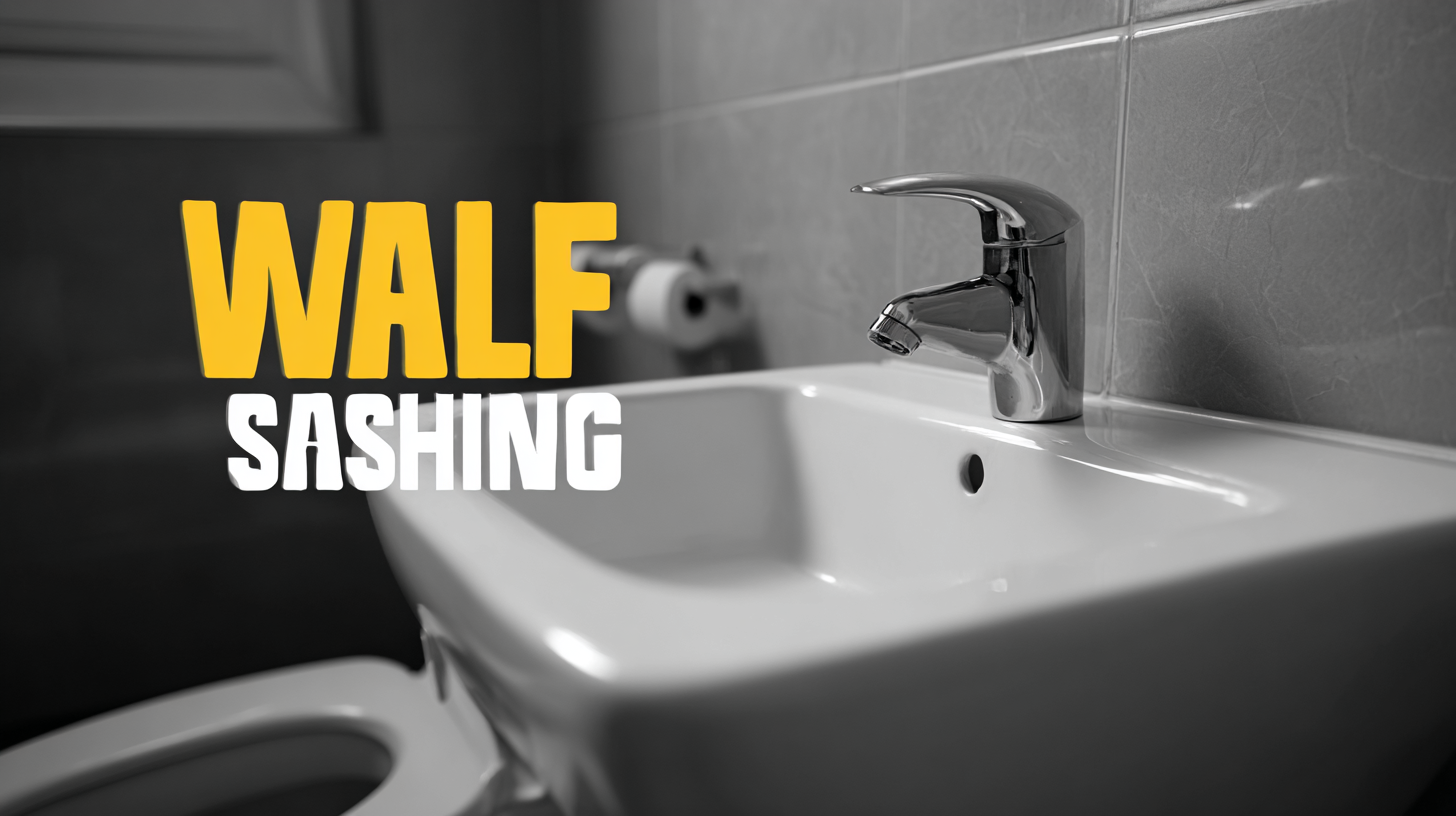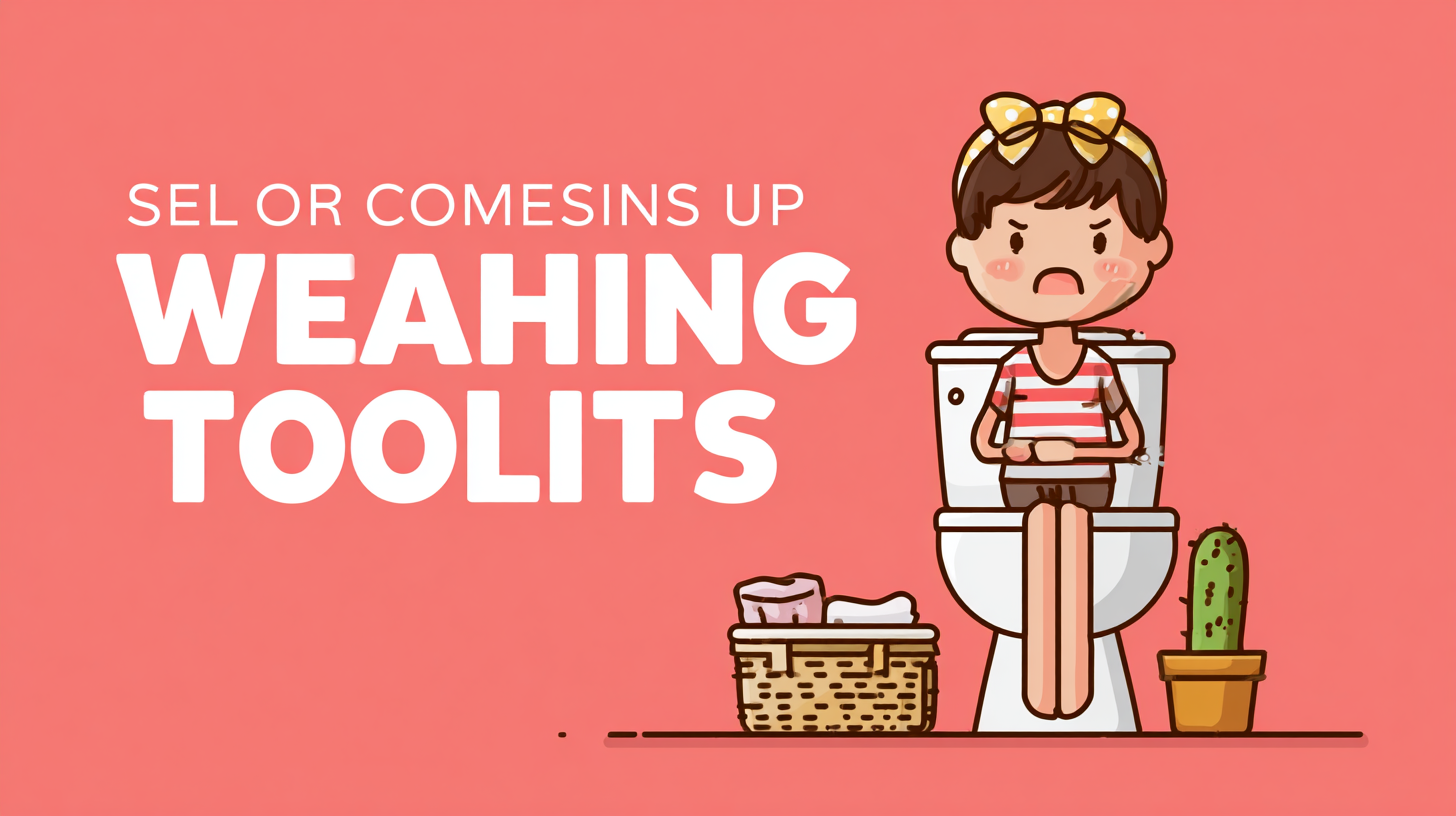Leave Your Message
In recent years, the rise of the Self Washing Toilet has transformed bathroom hygiene and convenience, garnering considerable attention from both consumers and industry experts. According to the International Association of Plumbing and Mechanical Officials (IAPMO), the adoption of self-cleaning technology can reduce water usage by up to 30%, addressing the growing concern for sustainable living.
As more households seek innovative solutions to enhance their daily routines, understanding the various types of self-washing toilets and their specific features becomes paramount. From advanced bidet functionalities to self-sanitizing surfaces, these products cater to a diverse range of needs and preferences.
This comprehensive guide aims to delve into the common challenges users encounter with self washing toilets and provide actionable solutions, ensuring optimal performance and satisfaction for every homeowner.

 Self-washing toilets represent a significant advancement in bathroom technology, offering a multitude of benefits that cater to modern lifestyles. One of the primary advantages is enhanced hygiene. These advanced toilets employ built-in cleaning systems that automatically sanitize the bowl after each use, reducing the accumulation of germs and bacteria. This feature not only ensures a cleaner toilet but also minimizes the need for harsh chemical cleaners, making them an environmentally friendly choice.
Self-washing toilets represent a significant advancement in bathroom technology, offering a multitude of benefits that cater to modern lifestyles. One of the primary advantages is enhanced hygiene. These advanced toilets employ built-in cleaning systems that automatically sanitize the bowl after each use, reducing the accumulation of germs and bacteria. This feature not only ensures a cleaner toilet but also minimizes the need for harsh chemical cleaners, making them an environmentally friendly choice.
In addition to improved sanitation, self-washing toilets provide unmatched convenience. Many models come equipped with adjustable features, such as heated seats, bidet functions, and customizable water pressure settings. This level of personalization enhances the user experience, transforming an everyday necessity into a luxury. Furthermore, their programmable cleaning cycles allow for a level of maintenance that is both efficient and low-effort, enabling users to enjoy a pristine bathroom without the typical hassle of manual cleaning. With these innovations, self-washing toilets are quickly becoming essential fixtures in modern bathrooms, catering to the needs of a health-conscious and convenience-oriented society.
Self-washing toilets have gained popularity for their convenience and hygiene; however, they often come with common issues that can frustrate users. One prevalent problem is inadequate cleaning performance. Many users report that the self-cleaning feature does not sufficiently eliminate stains or odor. To address this, regular maintenance is crucial. Users should ensure that the cleaning solution is replenished regularly and that the toilet is appropriately calibrated for optimal performance.
Another common issue is clogging, which can arise from excessive waste or improper items being flushed. To prevent this, users should be conscious of what they flush and consider pairing their self-washing toilet with a system designed to handle larger volumes of waste. Additionally, ensuring regular plumbing inspections can help identify and resolve potential clogs before they become serious problems. By understanding these common issues and implementing simple solutions, users can enhance their experience with self-washing toilets and maintain a cleaner, more efficient bathroom environment.

When searching for the best self-washing toilets, several key features can significantly enhance your experience and satisfaction. First and foremost, look for toilets equipped with advanced cleaning technologies, such as automatic bidet functions that provide thorough cleansing and adjustable water pressure for personalized comfort. Additionally, a dual-flush system can conserve water, offering both light and heavy flush options that promote eco-friendliness along with hygiene.
Another essential feature to consider is the build quality and design of the toilet. Look for models with a sleek, modern aesthetic that blend seamlessly into your bathroom decor. Moreover, a self-cleaning function that utilizes UV light or electrolytic cleaning can ensure the toilet remains sanitary with minimal manual intervention. Finally, check for ease of installation and user-friendly controls, ensuring that the toilet fits your needs without adding unnecessary complexity to your bathroom routine. By focusing on these key features, you can select a self-washing toilet that truly enhances both comfort and cleanliness.
Maintaining a self-washing toilet is crucial for ensuring its optimal performance and longevity. One of the most important aspects of this maintenance is regular cleaning of the toilet’s components, particularly the nozzle and spray mechanism. Over time, mineral deposits and waste can accumulate, affecting the efficiency of the self-cleaning function. It is advisable to consult the manufacturer’s guidelines for the best cleaning solutions and methods to prevent any damage to these delicate parts.
In addition to cleaning, monitoring the water quality fed to the toilet can significantly impact its functionality. Hard water can lead to scale buildup, which may hinder performance. Consider using a water softener if your area has hard water, as this can enhance the self-washing capabilities of the toilet. Furthermore, regularly checking for any leaks or malfunctions will help catch issues early, preventing costly repairs and ensuring a consistent level of cleanliness and sanitation in your bathroom. By adopting these practices, you can enjoy the benefits of your self-washing toilet for years to come.
When comparing self-washing toilets to traditional toilets, several factors come into play that can significantly enhance the user experience. One of the most notable advantages of self-washing toilets is their innovative cleaning mechanisms. These modern fixtures often feature built-in systems that utilize jets of water, specialized cleaning agents, and even UV light, ensuring surfaces remain hygienic with minimal user intervention. In contrast, traditional toilets rely solely on manual scrubbing and the intermittent use of chemical cleaners, which can be less effective in maintaining cleanliness over time.
Moreover, the design and efficiency of self-washing toilets can contribute to reduced water consumption compared to their traditional counterparts. Many of these self-cleaning models are engineered to use water more efficiently during the cleaning process, recycling and filtering water rather than flushing it away. This dual functionality not only supports sustainable practices but also eliminates the unpleasant odors commonly associated with unclean bathrooms. Ultimately, consumers seeking a more hygienic and environmentally-friendly option may find that self-washing toilets offer a compelling solution unmatched by conventional models.
